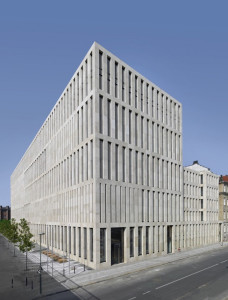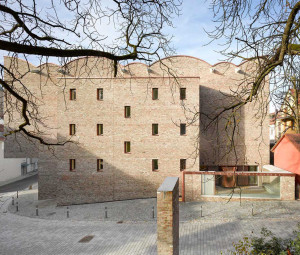da U+D Urbanform and Design n° 1 LINK Murario tedesco U+D Strappa
Tag Archives: architettura muraria
BOOK PRESENTATION – FORMA IN DIVENIRE – NICOSIA – CYPRUS – 6 December 2023

LECTURE – G. Strappa FORM AND MATTER IN ARCHITECTURE
KAEBUP – KNOWLEDGE ALLIANCE FOR EVIDENCE-BASED URBAN PRACTICES
Prof. Giuseppe Strappa – Sapienza University – Rome
24.09.2021 h. 3.30 pm CET
Unlike the spoken or written language, architecture not only indicates or evokes reality: architecture is reality. This explains why in periods of great crisis architecture returned, even in full modernity, to the material, constructive foundation of our work.
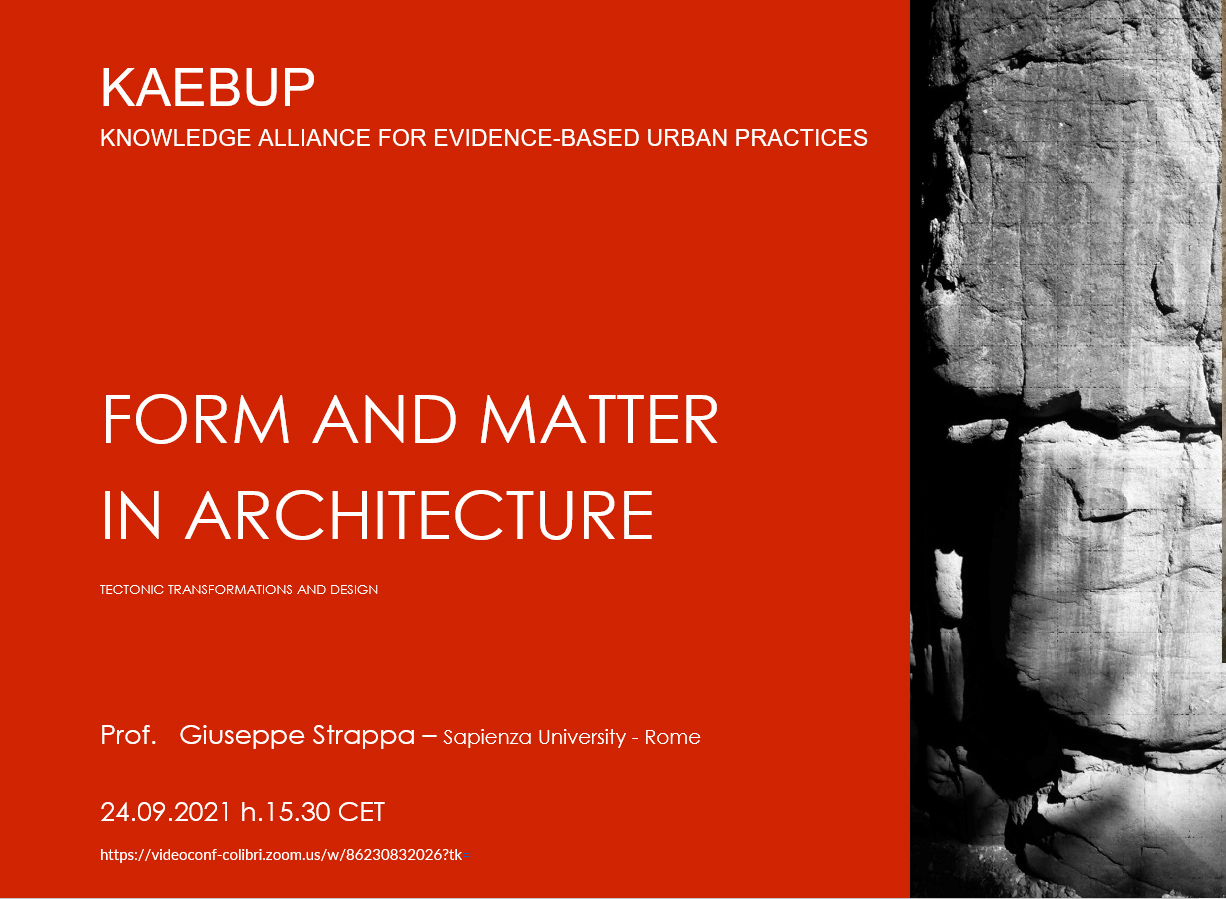
LEARNED LANGUAGE / EVERYDAY LANGUAGE
Translated from G.Strappa , Architettura come processo, Franco Angeli, Milano 2015
Chapter 5. LEARNED LANGUAGE / EVERYDAY LANGUAGE
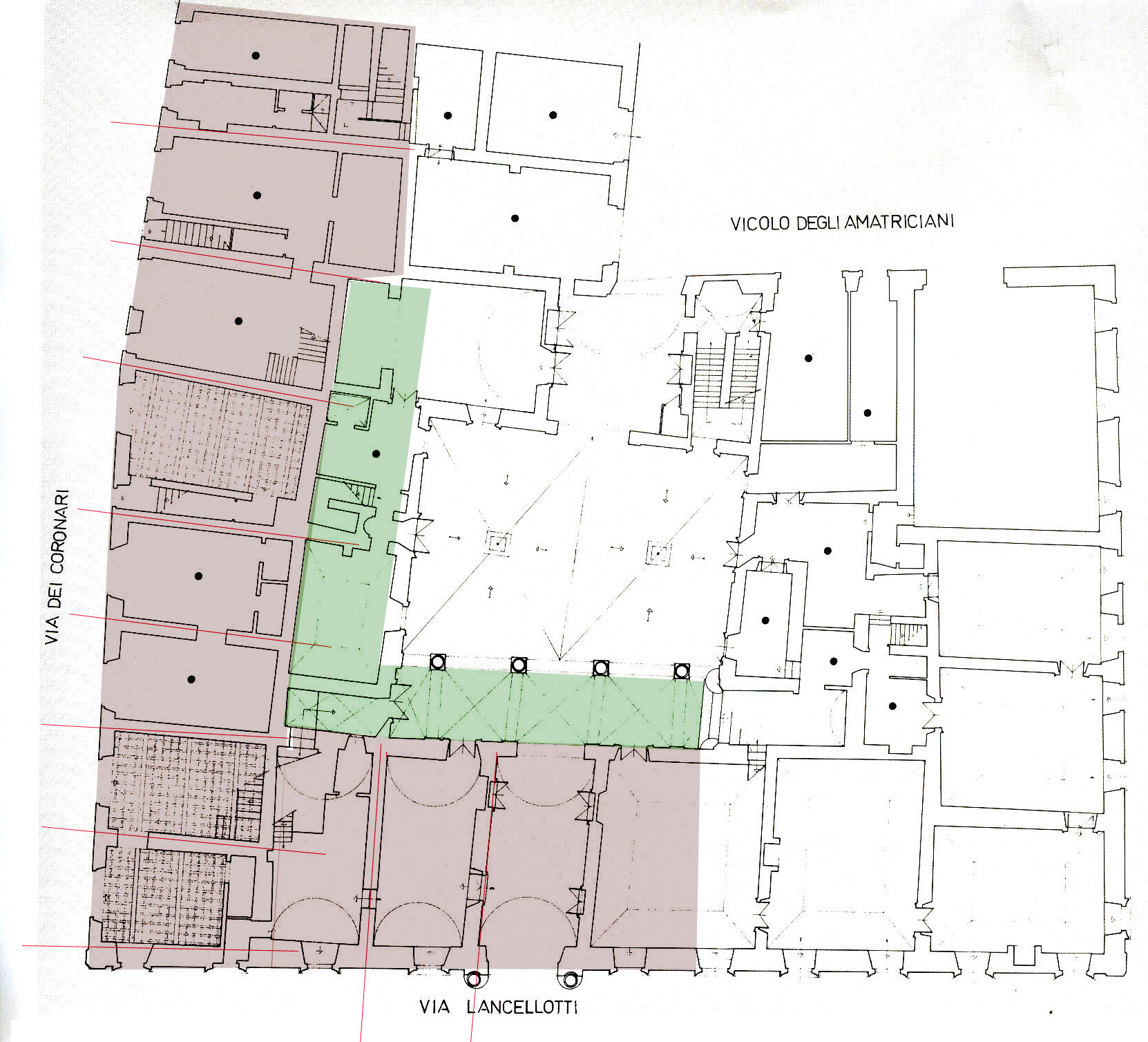
5a – The modern idea of a masonry language, both local and international, was born with the decline of the consolidated stereotype of a Mediterranean landscape that painters and poets had for a long time idealized in the transparent airiness of colonnades and trabeations used in basically trilithic structures, of wooden derivation.
This landscape, instead, reveals to the travelers, when the geographical and cultural barrier of Rome is overcome, its own nature of plastic, organically man-made territory. It consists of churches, monasteries, even ancient ruins, but above all of urban fabrics of great massive strength. A world of powerful walls and houses with small windows, organized in solid and continuous volumes.
The other side of classicism was also discovered: that of the large uninterrupted walls, where the openings are simple flat-arched holes that don’t interrupt their architectural continuity. Reality begins to shake off, in the European imagination, the aristocratic museum of literary representations which, on the basis of the classic tradition, had superimposed itself on the truth of the built landscape……..
click to continue reading 5. Chap. 5 Translation from -Architettura come processo-
ISUF 2019 conference in Nicosia – 2/5 July 2019
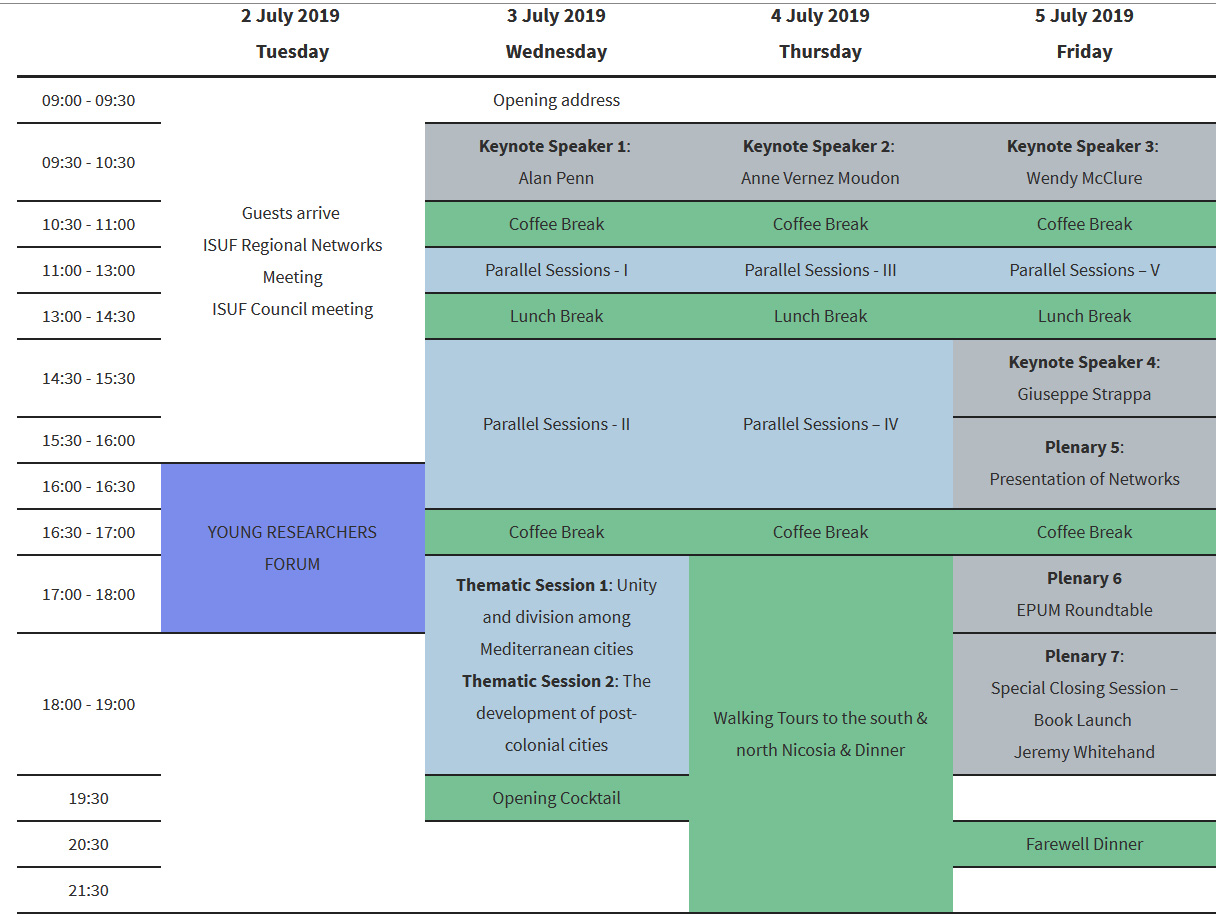
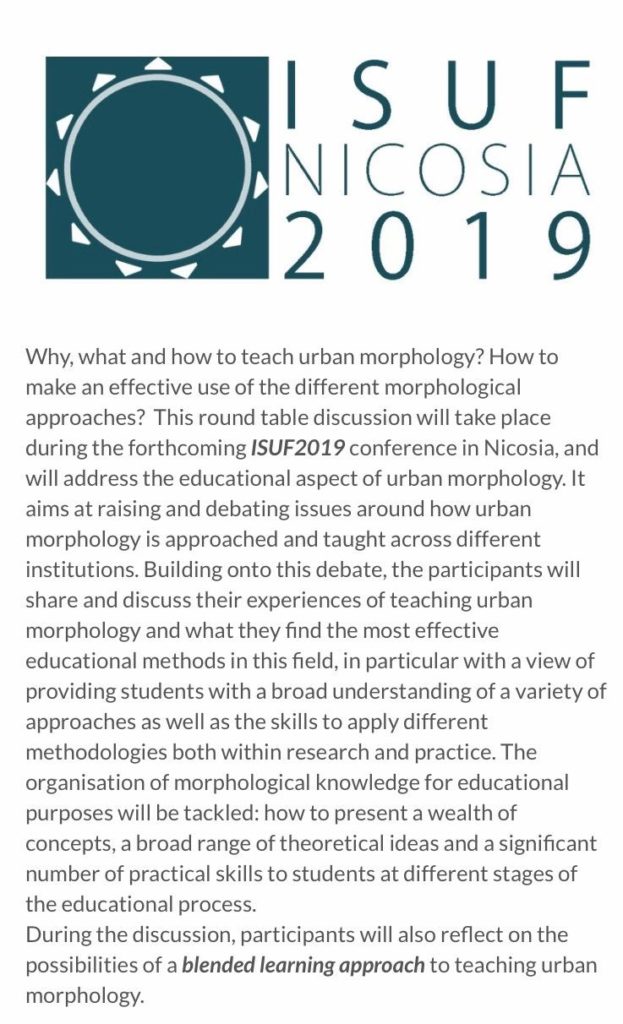
Topics
- Theory 1 : emergence, relational theories, the social sciences and urban morphology.
- Theory 2: the scope and limits of urban theories.
- Urban Design: urban morphology, building typology and design
- Methods 1 : embedding different approaches into the study of urban morphology.
- Methods 2: combining Conzenian, typological and space syntax approaches.
- Focus 1: urban conflict and divided cities.
- Focus 2: Mediterranean port cities in a global context.
